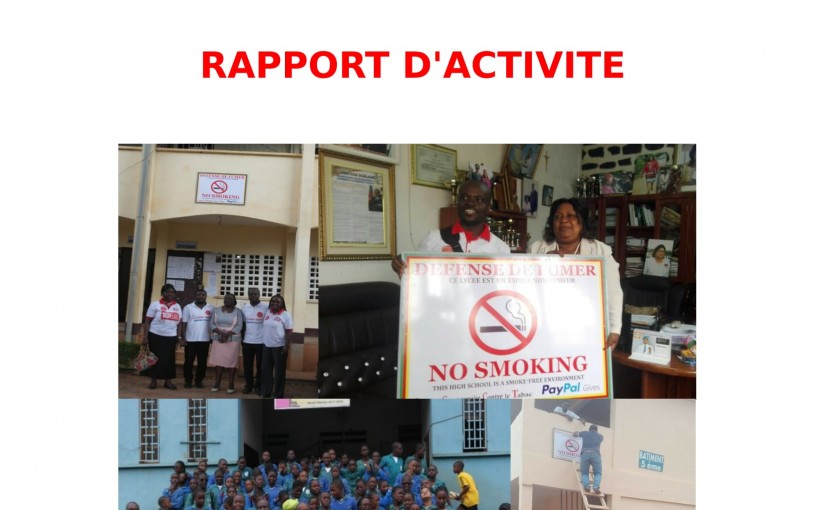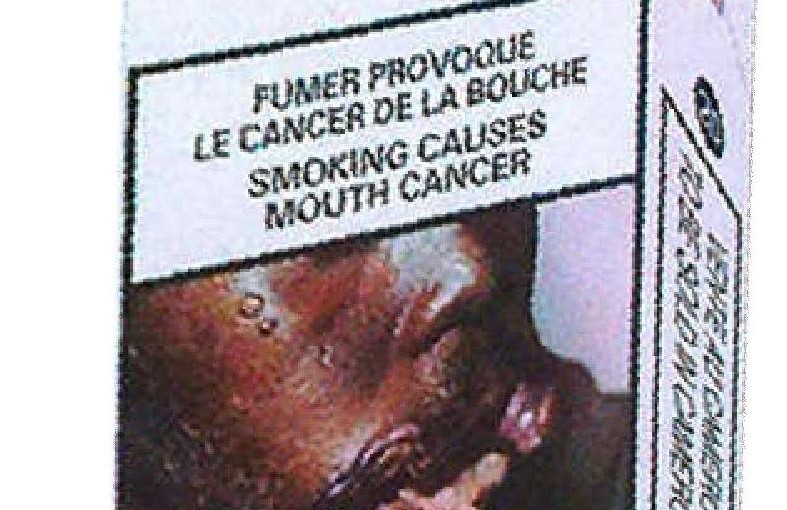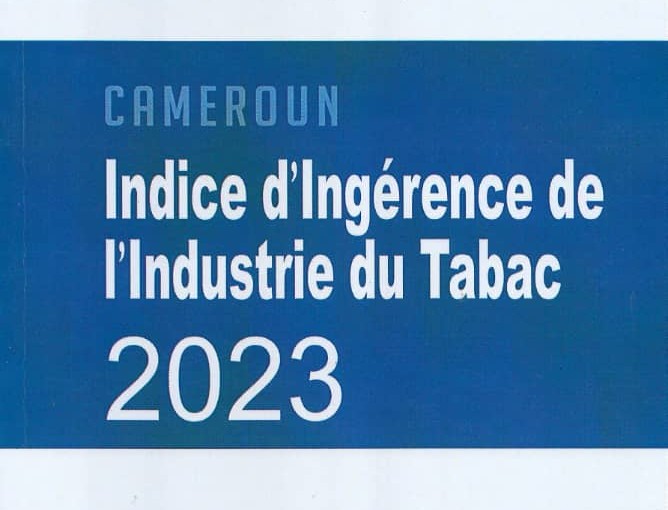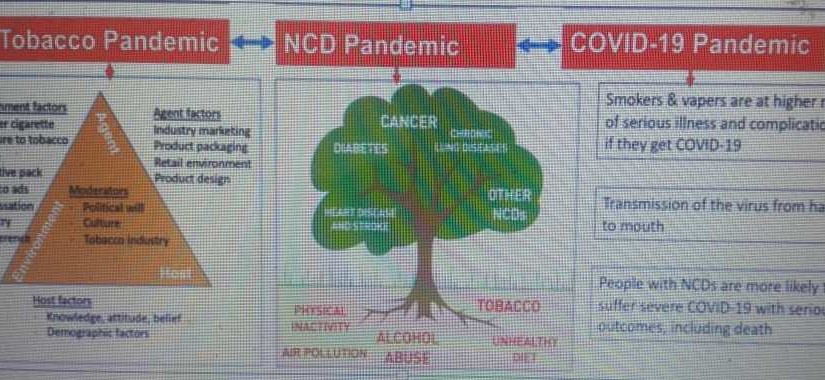“Plain packaging is an important demand reduction measure that reduces the attractiveness of tobacco products, restricts use of tobacco packaging as a form of tobacco advertising and promotion, limits misleading packaging and labelling, and increases the effectiveness of health warnings.”
–World Health Organization, 2016
Attractive colors, eye-catching designs, and engaging characters like “Joe Camel” are critical marketing tools that when placed on tobacco products attract new customers – including nonsmokers and youth. Appealing packaging designs drive sales, promote tobacco brands, and mislead consumers about the harsh realities and danger of tobacco use.
More and more countries are fighting back by restricting the ability of tobacco companies to use packaging as a marketing tool. At least 89 countries have adopted graphic health warnings on tobacco packaging, with Nepal leading the way by implementing the world's largest health warnings covering 90 percent of cigarette packs.
Some countries are going even further to regulate tobacco packaging through laws mandating plain packaging.
What is Plain Packaging?
Standardized or “plain” packaging of tobacco requires that packaging has a uniform plain color and texture; mandates standard shape, size and materials of packs; and prohibits any branding, logos or other promotional elements on, inside or attached to the packaging or on individual products. Only the brand name, product name, quantity of product and contact details may appear on packaging, in a standard typeface, together with other mandatory information such as health warnings and tax stamps.

What are the goals of Plain Packaging?
As part of a comprehensive set of tobacco control measures to reduce smoking rates, laws that mandate standardized or “plain” packaging for tobacco products are intended to reduce the attractiveness and appeal of tobacco products to consumers, increase the noticeability and effectiveness of health warnings, and reduce the ability of the tobacco product and its packaging to mislead consumers about the harms of smoking.
Since Australia enacted its Plain Packaging Law in 2011, several countries have passed similar laws requiring standardization in tobacco product packaging, including the United Kingdom and France. In many more countries, legislation is advancing through parliament or governments are giving it active consideration. In addition, the Tobacco Products Directive adopted by the European Union in 2014 explicitly states that member countries have the option of implementing plain packaging. (See a list of international developments on plain packaging.)

What is the evidence on Plain Packaging?
Initial research conducted in Australia after implementation of its law in December 2012, shows that plain packaging reduces the appeal of tobacco products, increased the noticeability and effectiveness of health warnings, and appears to be having effects on smoker attitudes and behaviors. (See a fact sheet on scientific evidence for more information.)
In addition, the governments of other countries – including the United Kingdom and Ireland – have commissioned independent comprehensive reviews of experimental evidence prior to introducing their legislative proposals for plain packaging, which have all concluded that plain packaging would be effective at addressing its objectives. In February 2016, the Government of Australia published a post implementation review of its plain packaging legislation which includes the statistical data on prevalence and consumption rates. The analysis estimates that the 2012 packaging changes led to a 0.55 percentage point drop in prevalence over 34 months, equivalent to 118,000 less people smoking.

How has the tobacco industry responded to Plain Packaging?
The tobacco industry has brought legal challenges against some of the countries introducing plain packaging. While some rulings are pending, the tobacco industry has lost all of its legal claims so far. In Australia, the government won a constitutional challenge against its legislation. An international arbitration claim filed by Philip Morris alleged that Australia had breached a bilateral investment treaty with Hong Kong, but the tribunal threw the claim out for lack of jurisdiction.
In the United Kingdom, the tobacco companies lost a High Court action seeking to prevent the legislation there. In his ruling the judge was highly critical of the evidence put forward by the industry to support their claims that plain packaging would not work. (See afact sheet on the legal challenges to plain packaging for more information.)
What does the WHO FCTC say about Plain Packaging?
Article 11 and Article 13 of the WHO Framework Convention on Tobacco Control (FCTC) and its Guidelines recommend that Parties consider adopting plain packaging. Article 11 of the FCTC states “Parties should consider adopting measures to restrict or prohibit the use of logos, colours, brand images or promotional information on packaging other than brand names and product names displayed in a standard colour and font style (plain packaging).” Article 13 of the FCTC states “Packaging, individual cigarettes or other tobacco products should carry no advertising or promotion, including design features that make products attractive.”
Last updated: May 2016
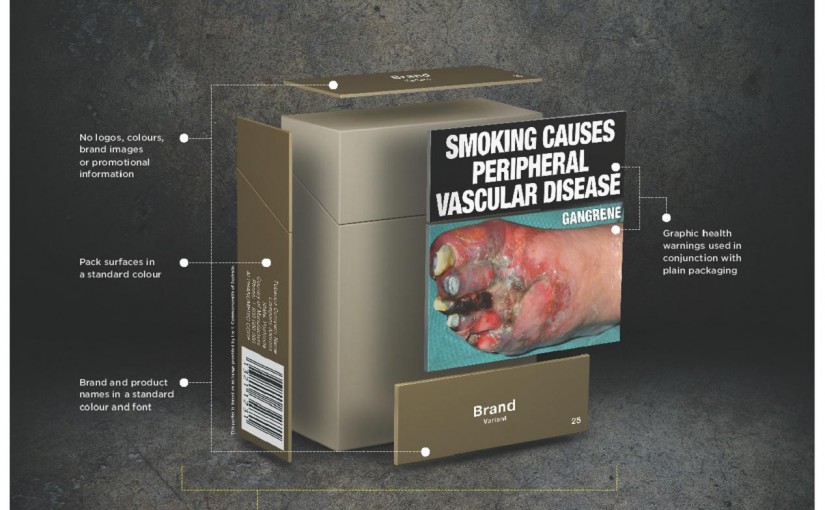
 (
( (
(



